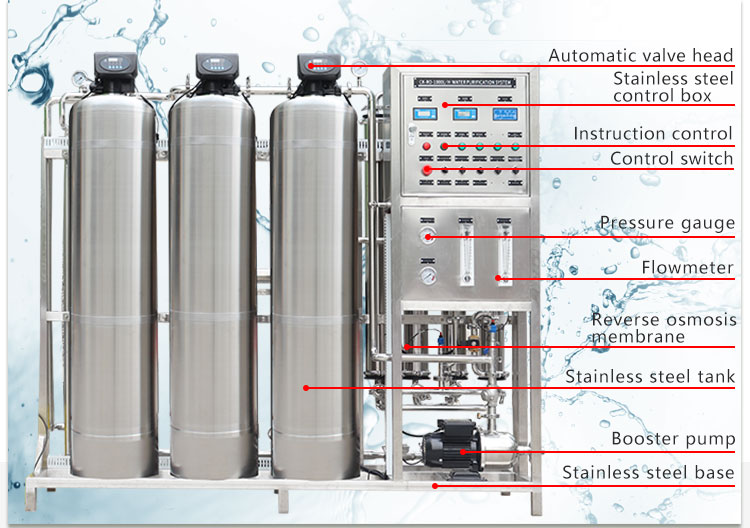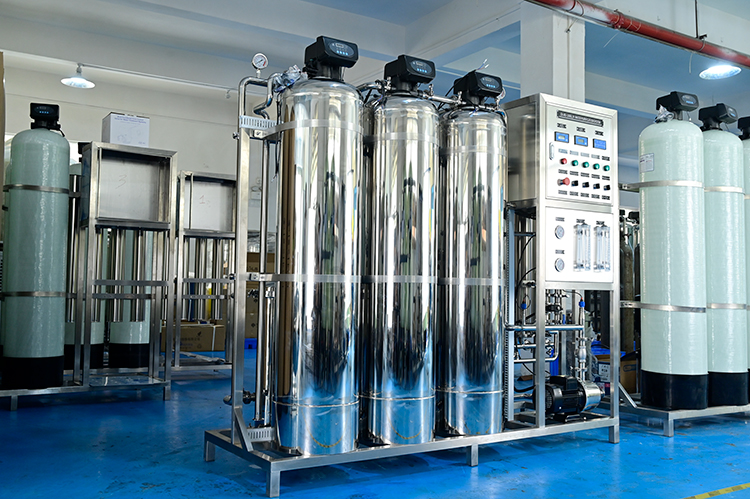How many sewage treatment plants are there in Egypt? Which is the largest?
Egypt, as an important country connecting Africa and the Middle East, has always been concerned about its wastewater treatment. With the acceleration of urbanization and the continuous growth of population, wastewater treatment has become an important issue for the Egyptian government and environmental protection agencies.
This article will provide a detailed introduction to the number of wastewater treatment plants in Egypt, the situation of the largest wastewater treatment plant, and the future development direction.

Number of wastewater treatment plants in Egypt
Egypt has many wastewater treatment plants distributed throughout the country to cope with the growing demand for wastewater treatment. According to the latest statistics, there are currently more than 120 wastewater treatment plants in Egypt. These wastewater treatment plants vary in size and treatment capacity, ranging from small community treatment plants to large urban treatment plants, covering a variety of types and sizes.
The construction and operation of these wastewater treatment plants not only effectively solve the problem of wastewater discharge in cities and rural areas, but also provide recycled water resources for agricultural irrigation and industrial water use. The existence and operation of wastewater treatment plants play a key role in environmental protection and water resources management in Egypt.
Which is the largest wastewater treatment plant in Egypt?
Among the many wastewater treatment plants, the Bahriya Al-Gamil Wastewater Treatment Plant in Cairo is the largest wastewater treatment facility in Egypt. The plant not only plays an important role in Egypt, but also ranks among the best in terms of scale and treatment capacity in the entire Africa and the Middle East.
Overview of the Bahriya Al-Gamil Wastewater Treatment Plant:
● Location: Cairo
● Treatment capacity: About 3.3 million cubic meters of wastewater are treated every day
● Population served: More than 20 million, including the urban area of Cairo and surrounding areas
● Construction background: In order to solve the increasingly serious wastewater treatment problem in Cairo and its surrounding areas, the Egyptian government launched the project at the end of the 20th century. After years of construction and expansion, it eventually became the current scale.
● Technology and process: The Bahriya Al-Gamil Wastewater Treatment Plant uses advanced treatment technologies, including primary treatment, secondary treatment and tertiary treatment. Primary treatment mainly removes large particulate matter and suspended solids; secondary treatment removes organic matter and some nitrogen and phosphorus through biological treatment technology; tertiary treatment further removes residual pollutants and microorganisms to ensure that the effluent water quality meets the reuse standards.
The treatment plant has also introduced a modern automated control system to achieve efficient management and operation. Through advanced monitoring equipment and management software, the treatment plant can monitor the wastewater treatment process in real time to ensure that all indicators meet the standards.

What are the challenges of Egypt's wastewater treatment plants?
Although Egypt has made significant progress in wastewater treatment, it still faces many challenges and problems. The first is the increasing amount of wastewater caused by population growth and urbanization, which has put tremendous pressure on existing wastewater treatment facilities. Secondly, some wastewater treatment plants have old facilities and low operating efficiency, which need to be updated and renovated. In addition, there are also insufficient capital investment and technical support for wastewater treatment, which affects the construction and operation of wastewater treatment plants.
Solutions
To meet these challenges, the Egyptian government and relevant agencies have formulated a series of plans and measures:
1. Expand the scale of wastewater treatment plants: Increase wastewater treatment capacity by expanding existing treatment plants and building new treatment plants to ensure that the growing treatment needs are met.
2. Introduce advanced technology: Use advanced wastewater treatment technology and equipment to improve treatment efficiency and water quality and reduce environmental pollution.
3. Strengthen management and maintenance: Improve the operation and maintenance level of wastewater treatment plants and extend the service life of facilities through modern management methods and professional training.
4. Increase financial investment: The government and international aid agencies increase financial support for wastewater treatment projects to ensure the smooth implementation of the projects.
5. Promote public participation and environmental awareness: Through publicity and education, improve public awareness of wastewater treatment and water resource protection, and encourage public participation in wastewater treatment and environmental protection actions.
Actual cases
In order to better understand the current status and future development of wastewater treatment in Egypt, we interviewed several experts and practitioners in related fields.
Case 1: New Capital Wastewater Treatment Plant Project The new administrative capital under construction in Egypt is one of the country's largest infrastructure projects, and the wastewater treatment plant of the new capital is also under planning. The treatment plant plans to use the most advanced treatment technology, and is expected to have a daily treatment capacity of 1.5 million cubic meters, serving a population of more than 10 million.
Mohamed Ahmed, the project leader, said: "The new capital wastewater treatment plant will become one of the most modern wastewater treatment facilities in Africa. It will not only solve the wastewater problem in the new capital, but also provide high-quality recycled water for the surrounding areas."

Conclusion
Wastewater treatment is one of the important measures for Egypt to cope with water shortages and environmental protection. With the advancement of technology and the attention of the government, Egypt's wastewater treatment industry has made remarkable achievements, but efforts are still needed. By expanding the scale of wastewater treatment plants, introducing advanced technologies, strengthening management and public participation, Egypt is expected to achieve more efficient and environmentally friendly wastewater treatment in the future, providing strong guarantees for the country's sustainable development.
In this process, large facilities such as the Bahria Gamil Wastewater Treatment Plant will continue to play an important role and become a benchmark and model for the industry. Egypt's wastewater treatment industry is moving towards a brighter future.




